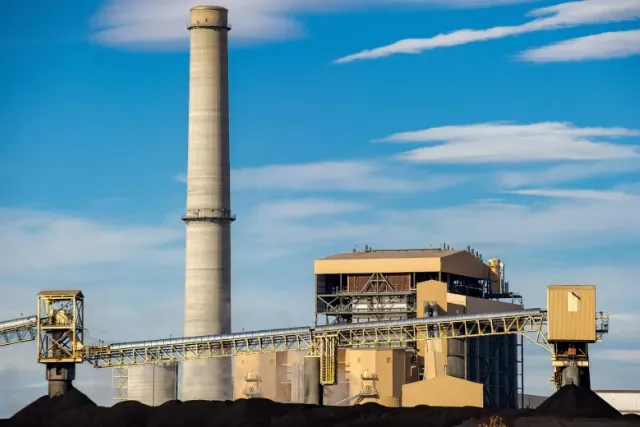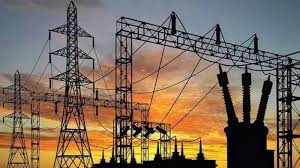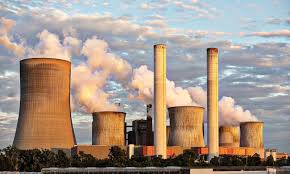
WASHINGTON, D.C. — As electricity demand soars across the country, new gas-fired power plants are emerging as an unexpectedly costly option for U.S. consumers — even as the Trump administration pushes to expand them as part of its “reliable energy” strategy.
While coal and gas are being positioned as “dispatchable, domestic energy sources” under the One Big Beautiful Bill Act, the reality on the ground is more complicated — and expensive.

The new legislation rolled back federal tax credits for wind and solar, gutting the Production Tax Credit and Investment Tax Credit that for years made renewable energy the cheapest and quickest to build. The credits had cut project costs for wind and solar by up to 50%, according to Princeton University’s REPEAT project.
Now, without those incentives, the levelized cost of energy (LCOE) — which measures total cost per megawatt-hour over a plant’s lifetime — is rising. For wind, LCOE is projected to jump from $17 to $35 per megawatt-hour by 2026. Solar will climb from $31 to $47, according to Energy Innovation.
“It’s a major shift in the economics,” said Harry Godfrey, managing director at Advanced Energy United. He added, “You can’t be entirely confident project developers will come online in time, because there are a host of factors outside of your control.”
While natural gas plants were once seen as the lower-cost backup for renewables, soaring global demand and supply bottlenecks have flipped the script.
In 2022, the average construction cost of a gas-fired plant was $820 per kilowatt, but that figure has since nearly tripled. “Nextera built its last gas-fired plant in 2022 for $785 a kilowatt. To build the same plant today would cost $2,400 a kilowatt,” Nextera Energy CEO John Ketchum said at a Houston energy conference.

There’s also the waiting game: companies face four- to six-year wait times just to get a turbine delivered, according to Xcel Energy testimony to the Colorado Public Utilities Commission.
As a result, the latest Lazard report pegs the LCOE for new gas plants near $107 per megawatt-hour, far above wind and solar — even without tax credits. “Turbine shortages, rising costs and long delivery times are expected to continue driving steep LCOE increases for gas technologies in the near term,” the report said.
While President Trump’s executive orders are aimed at reviving coal — including efforts to keep aging coal plants open in Michigan and Pennsylvania — the economics remain challenging.
Coal plants are old and expensive to maintain. The average age is 44 years, with some over 60 years old. The U.S. EIA puts the average coal-fired plant operating cost at $42.67 per megawatt-hour, but newer units often run higher. For example, Xcel’s Comanche 3 coal unit in Pueblo, Colorado, cost $66.25 per megawatt-hour after repeated shutdowns and costly repairs.
The crunch is happening as the U.S. grid faces unprecedented new demand — up 55% over the next 20 years, driven by AI data centers and electrification of vehicles and manufacturing.
Nextera’s Ketchum says the grid will need a mix of all sources — gas, nuclear and renewables — but renewables will still lead the way on price: “Despite headwinds and macroeconomic challenges, renewables remain the most cost-competitive form of new-build generation on an unsubsidized basis,” according to Lazard.
The cost math leaves utilities and ratepayers with tough decisions: build expensive new gas capacity with long lead times — or double down on renewables to meet the surge in demand while keeping bills in check.
Originally reported by Mark Jaffe in Colorado Sun.